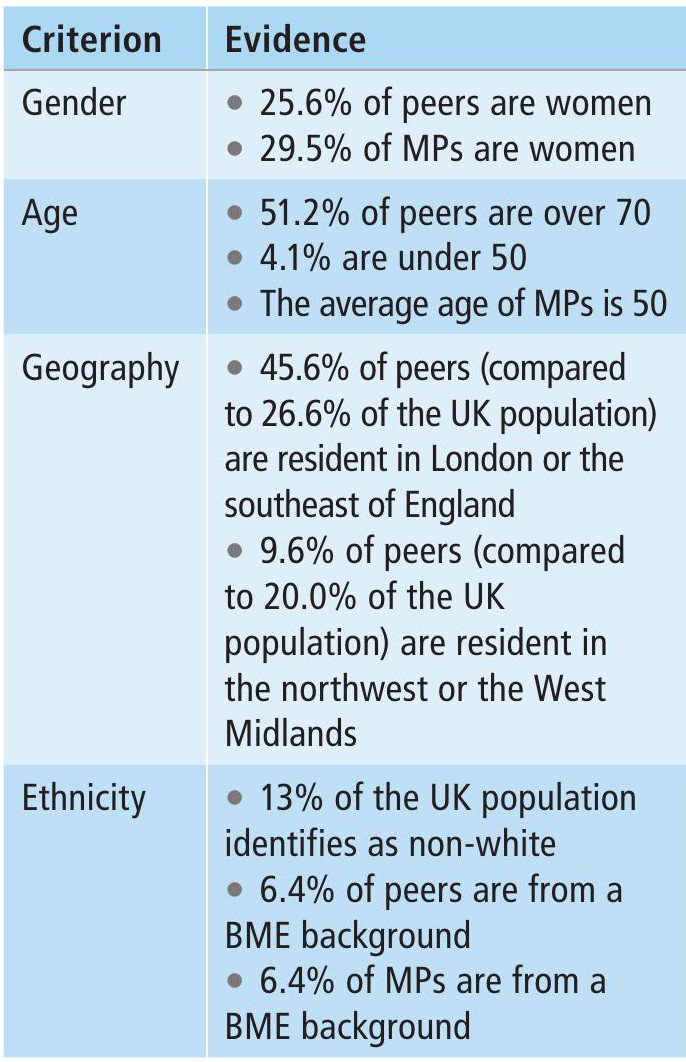
Almost 20 years have passed since the 1999 House of Lords Act removed the right of all but 92 of the 647 hereditary peers to sit and vote in the chamber. Although further reform garnered cross-party support, it proved impossible to fashion a single blueprint for a reformed chamber that could command the support of both the Commons and the Lords.
Critics of the House of Lords prior to 1999 often focused on the fact that more than 53% of its members were hereditary peers. In a similar vein, the House of Lords of 2016 is routinely lampooned as a bloated, unelected and unaccountable chamber, packed to the rafters with an assortment of worthy establishment figures and washed-up MPs, with a smattering of national treasures from the worlds of sport, business and the arts.
Your organisation does not have access to this article.
Sign up today to give your students the edge they need to achieve their best grades with subject expertise
Subscribe




